For your website, the perfect time to start thinking about SEO is when you’re just starting. On the right foot, you will get things moving and save yourself some trouble later.
There are a few key steps you can take now to get your new website SEO in place if you’re learning how to create a website.
We’re going to break down the top SEO tips for new websites in this beginner-level checklist for new sites:
Choose Your Domain Name Carefully
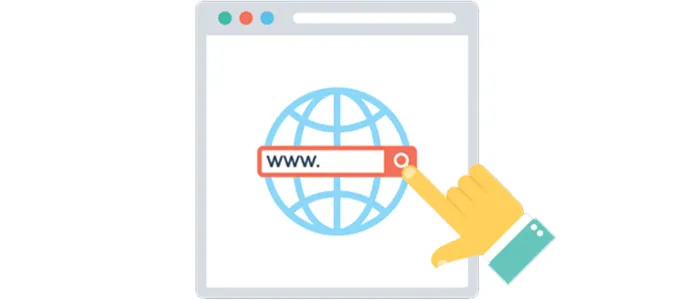
Your domain name is one of the most important aspects of your SEO strategy. It’s the first thing people will see when they search for your business, and it’s what will help them remember you. That’s why it’s so important to choose a domain name that’s both catchy and relevant to your business. Here are a few tips to help you choose the perfect domain name:
– Keep it short and sweet. A shorter domain name is easier to remember and type into a search engine.
– Use keywords. Choose a domain name that includes keywords related to your business. This will help you rank higher in search engine results pages.
– Avoid using hyphens. Hyphens can make it harder for people to find your website.
– Check for availability. Before you settle on a domain name, make sure it’s available to use. You can do this by checking with your web hosting company or using a Who is lookup service.
By following these tips, you can choose a domain name that will help improve your SEO and attract more customers to your site.
Select a Reputable Web Hosting Provider

Google has been upfront about the pace of the site being an SEO ranking element.
Selecting a reputable web hosting provider is essential for anyone who wants their website to be successful.
A good web host will provide a fast and reliable connection, ensuring that your website is always available to visitors.
In addition, a good web host will offer a variety of features, including email accounts and web-based control panels. perhaps most importantly, a good web host will have experience in providing SEO-friendly services.
By selecting a reputable web host, you can be sure that your website will be well-positioned to succeed in the competitive world of online search.
Perform Keyword Research
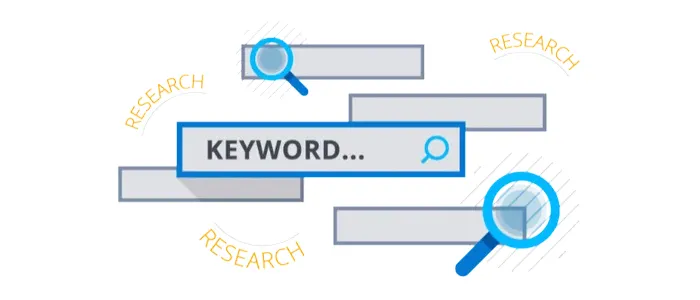
As a business owner, you want to make sure that your website is appearing as high as possible in search engine results.
One way to do this is to perform keyword research. This will help you to identify the most popular search terms that relate to your business.
By taking the time to perform keyword research, you can help to ensure that your website is visible to potential customers when they are searching for products or services that you offer.
Keyword recommendations and data on the amount of traffic and competition you can expect to deal with each keyword can be generated by a variety of SEO tools.
Most will cost you a subscription fee, but to get started, you can use Google’s Keyword Planner for free.
Make sure to be practical when choosing your keywords.
SEO is competitive and it’s not in a good place to compete for common, broad terms with a brand new website.
To aim, get descriptive, and find long-tail keywords. For instance, something like “SEO services in New York” is more achievable than just “SEO services.”
Once you know what people are searching for, you can then optimize your site content and metadata to include these keywords.
In addition, you can use keywords in your website’s titles and headings, as well as in the anchor text of your links.
Plan Out Your Site’s Architecture

If you’re serious about ranking in search engines, then you need to pay attention to your site’s architecture.
That might sound complicated, but it simply refers to the way that your website is organized.
Search engine crawlers index websites by following links, so it’s important to have a well-organized structure that makes it easy for them to find your most important pages.
A good starting point is to create a simple sitemap that outlines the hierarchy of your website.
From there, you can start thinking about how individual pages are linked together.
Make sure that there are links between related pages, and consider adding links to popular pages on your site in order to encourage visitors to explore more of your content.
By taking the time to plan out your site’s architecture, you can make it easier for search engines – and visitors – to find the information they’re looking for.
Design for Site Speed

Anyone who has ever waited for a slow website to load knows how frustrating it can be.
In today’s fast-paced world, people expect websites to load almost instantly.
Unfortunately, many websites are still bogged down by large images, excessive code, and other factors that can slow down the loading process.
For businesses, it’s important to understand the importance of site speed and take steps to improve the speed of their website.
After all, a fast website not only provides a better user experience, but it can also help to improve search engine rankings.
There are a number of things that businesses can do to improve the speed of their website, including optimizing images, using caching, and reducing the amount of code on each page.
A fast loading time provides a better user experience and is one of the ranking variables taken into account by the algorithms of the search engine.
When building your website, consider ways of increasing the pace of sites, such as:
- Minimizing features, such as animation or big, high-resolution images, that slow downloading time
- Shrinking any components of JavaScript and CSS that you use
- Reducing the number of HTTP requests for each page that you have
- Use only the necessary widgets to keep external scripts to a minimum.
Design elements that seem very cool often can bog down your website, causing slower load times and a worse experience unintentionally.
Be cautious about everything you have on the web and calculate how it balances its effects on loading times against whatever value it provides.
By taking these steps, businesses can make sure that their website is able to keep up with the demands of today’s online users.
Use a Responsive and Mobile-Friendly Design
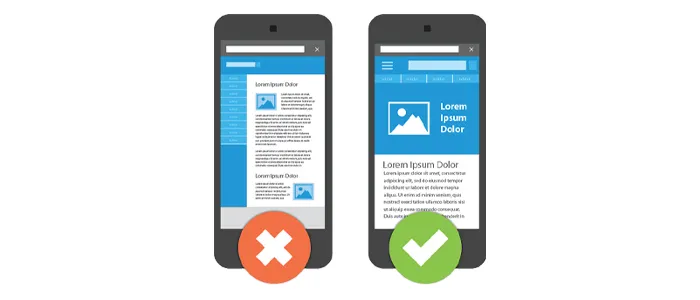
A responsive and mobile-friendly design is an important part of SEO.
Google favors websites that are mobile-friendly, and it is important to make sure that your website can be accessed and is easy to read on all devices.
A responsive design means that your website will resize itself to fit the screen of whatever device it is being viewed on.
This is important because it ensures that your website can be easily read and navigated, no matter what size the screen is.
A mobile-friendly design is also important because it makes it easy for users to access your website on their mobile devices.
This is important because more and more people are using their mobile devices to access the internet.
By having a mobile-friendly website, you will ensure that your site can be easily accessed by all users, no matter what device they are using.
Consider Visual Hierarchy for Every Page

When designing a website, it’s important to consider the visual hierarchy of each page.
This refers to the way that the various elements on a page are arranged in order of importance.
The goal is to guide visitors’ eyes toward the most relevant information and make it easy for them to find what they’re looking for.
There are a few different ways to create a visual hierarchy.
One is to use size so that larger elements are more prominent than smaller ones.
Another is to use color, with brighter or more contrasting colors grabbing attention more than muted or neutral tones.
And finally, you can use position, so that elements that are higher up on the page or closer to the center are more likely to be noticed than those that are lower down or off to the side.
By considering visual hierarchy when designing your website, you can help ensure that visitors have a positive experience and are able to find the information they’re looking for quickly and easily.
Target Primary Keywords for Each Page

As a website owner, you probably already know that appearing high in search engine results is essential for driving traffic to your site.
And while there are many factors that influence your ranking, one of the most important is the use of keywords.
In order to get the most out of your SEO efforts, it’s important to target primary keywords for each page on your site.
This means choosing keywords that are relevant to the content on the page and using them throughout the text, in titles and headings, and in tags and metadata.
By targeting primary keywords, you can ensure that your pages are optimized for both search engines and potential customers, making it more likely that they’ll appear high in search results and get clicked on.
In turn, this can lead to more traffic and conversions for your business.
So if you’re looking to improve your SEO, make sure you’re targeting primary keywords for each page on your site.
Optimize Title Tags
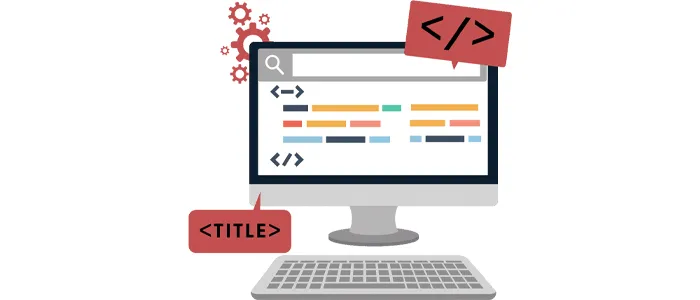
One of the most important elements of SEO is title tags. Title tags are used to tell search engines what your website is about, and they also appear as clickable link in search engine results pages (SERPs). That means that a well-optimized title tag can help improve your click-through rate (CTR), which is a major ranking factor. Here are some tips for optimizing your title tags:
1. Keep it short and sweet. A good rule of thumb is to keep your title tag under 60 characters so that it doesn’t get cut off in SERPs.
2. Use keywords wisely. Include 1-2 relevant keywords in your title tag, but don’t stuff it with keywords or you could be penalized by search engines.
3. Make it unique. Each page on your website should have its own unique title tag that accurately reflects the content on that page.
4. Include your brand name. Including your brand name at the end of your title tag can help increase brand recognition and CTR.
Following these tips can help you optimize your title tags for better SEO results.
Optimize Headings
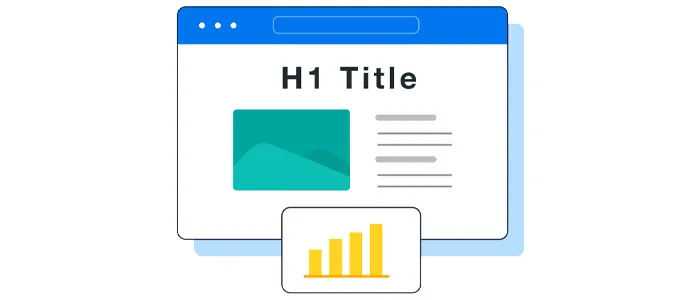
Headings are a helpful tool when writing for the web to help arrange your copy so that it is easy to read and search for your visits.
As an added bonus, the headings on what your page is about are another signal to Google.
A recent study by HubSpot found that 43% of people skim online content.
This means that it is more important than ever to make sure your content is easy to read and digest.
One way to do this is to optimize your headings.
Headings are like mini-titles that help break up your text and give readers a quick preview of what each section is about.
They also help Search Engines understand the structure of your article and index your content accordingly.
When optimizing your headings, be sure to use keyword-rich phrases that accurately describe the topic of each section.
For best results, try to keep your headings under 60 characters.
By following these simple tips, you can help ensure that your content is both easy to read and easy to find.
Optimize text on the page

SEO is the practice of optimizing a website so as to increase its rank in the search engine results pages for certain keywords.
One important aspect of SEO is the text on the page.
When optimizing text for SEO, there are a few things to keep in mind.
First, use keywords judiciously. Don’t stuff the page with keywords; instead, use them in a way that flows naturally and makes sense for the reader.
Second, make sure the text is well-written and free of errors.
A page with poorly written or inaccurate text will not only rank lower in the search results, but it will also turn off potential visitors.
Finally, keep the text relevant to the topic of the page.
A page about rabbits that contains nothing but the text about ducks will not only be confusing for readers, but it will also be less likely to rank well for any keyword.
By following these simple tips, you can ensure that your pages are optimized for both search engines and readers.
Link to Other Pages on Your Website

One of the most important aspects of search engine optimization is making sure that your website is linked to other relevant pages.
By including links to other pages on your site, you are showing search engines that your site is a valuable resource for information.
In addition, you are also providing visitors with an easy way to navigate your site and find the information they are looking for.
When adding links to other pages on your website, be sure to use keyword-rich anchor text so that search engines can easily identify the topic of the page.
Internal linking allows you away through the anchor text you use to report to Google what your page is about.
The anchor text refers to the terms which are hyperlinked if you’re not familiar with the phrase. Any time there’s a connection to a web page, Google sees the words used and takes it as information about what’s on the page.
Internal links also give you a way to show the search engines how linked your various sites are and move traffic from one page to another on the website.
Ideally, to prevent a high bounce rate on your website, you want your visitors to hang around, and having useful internal links is a good way to make that happen.
Submit Your Sitemap to Google

Submitting your sitemap to Google is a great way to ensure that your website’s pages are being properly indexed.
A sitemap is a file that lists all of the pages on your site, as well as other information such as when each page was last updated.
By submitting your sitemap to Google, you can help the search engine more easily find and index your content.
In turn, this can help your website to rank higher in search results.
There are a number of ways to submit your sitemap to Google, so be sure to check with your web hosting provider or refer to the search engine’s documentation for instructions.
Once you’ve submitted your sitemap, you can also use Google Search Console to track its progress and see how many of your pages have been indexed.
Create an SEO Plan for the Future

While it’s important to always be thinking about SEO, it’s also important to have a plan for the future.
This means looking at the big picture and working on long-term goals.
For example, rather than simply trying to get more traffic to your website, you should also focus on creating quality content that people will want to share.
In addition, you should consider how your website will change over time and plan for those changes.
For instance, if you’re planning on adding new products or services, you’ll need to make sure that your website is optimized for those new offerings.
By taking the time to create a comprehensive SEO plan, you can ensure that your website will always be ahead of the competition.
Launch Your New Site Today

SEO is a complicated and vast sector. It can be overwhelming when you’re only beginning to learn SEO for new websites.
Don’t worry: To execute the tactics mentioned above, you don’t have to be an SEO expert.
Gaining a basic understanding of SEO tips for new websites, however, is crucial and will allow you to increase brand awareness and conversions.
You can take help from a professional web services company.
1Solutions is a website development company that offers a wide range of services to help businesses launch their online presence.
Whether you need help with website design, content development, eCommerce solutions, or SEO strategies, 1Solutions can provide the expertise and support you need.
With over 12 years of experience in the industry, 1Solutions has the knowledge and resources to help you succeed.
Contact 1Solutions today to get started on launching your new website.



















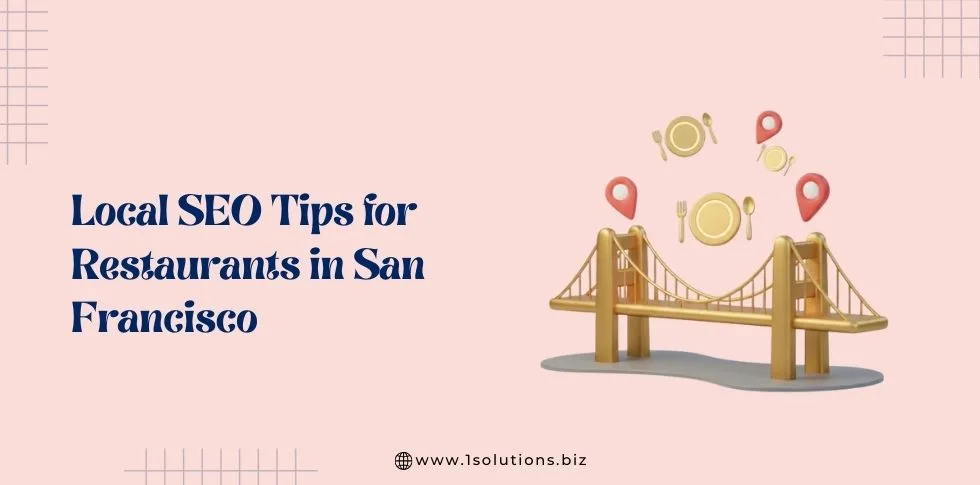

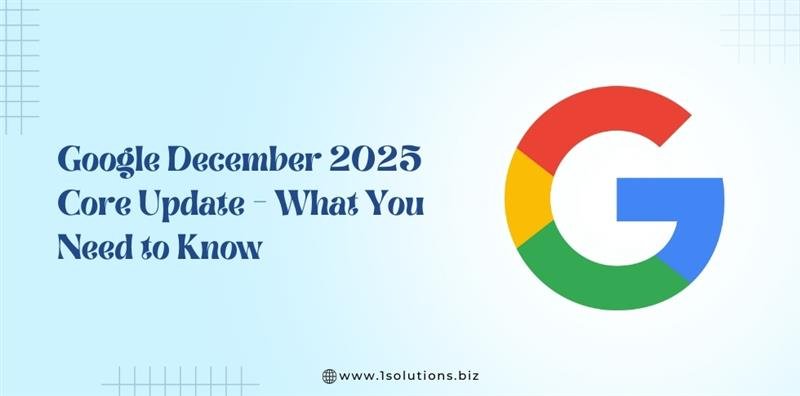
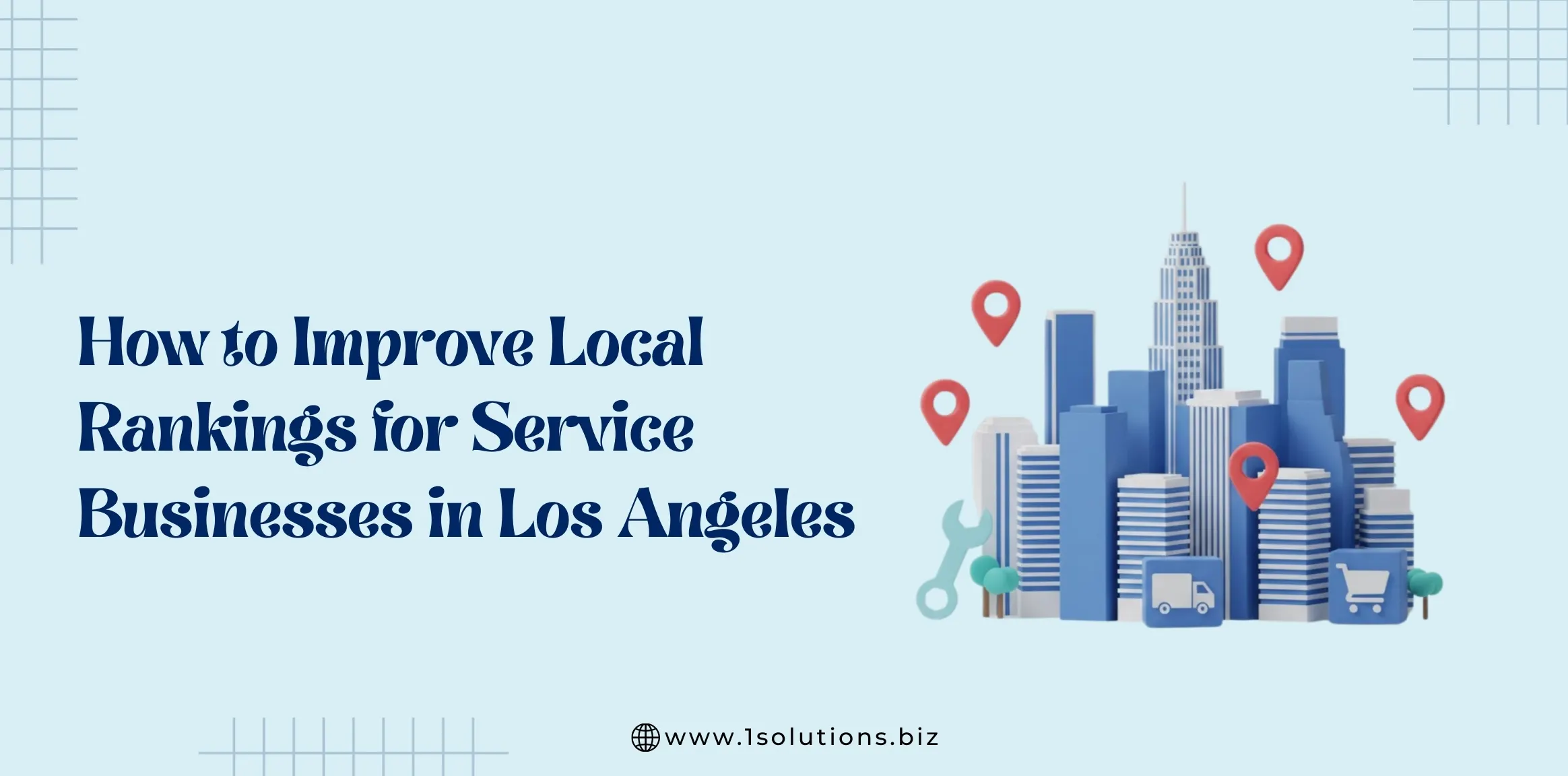
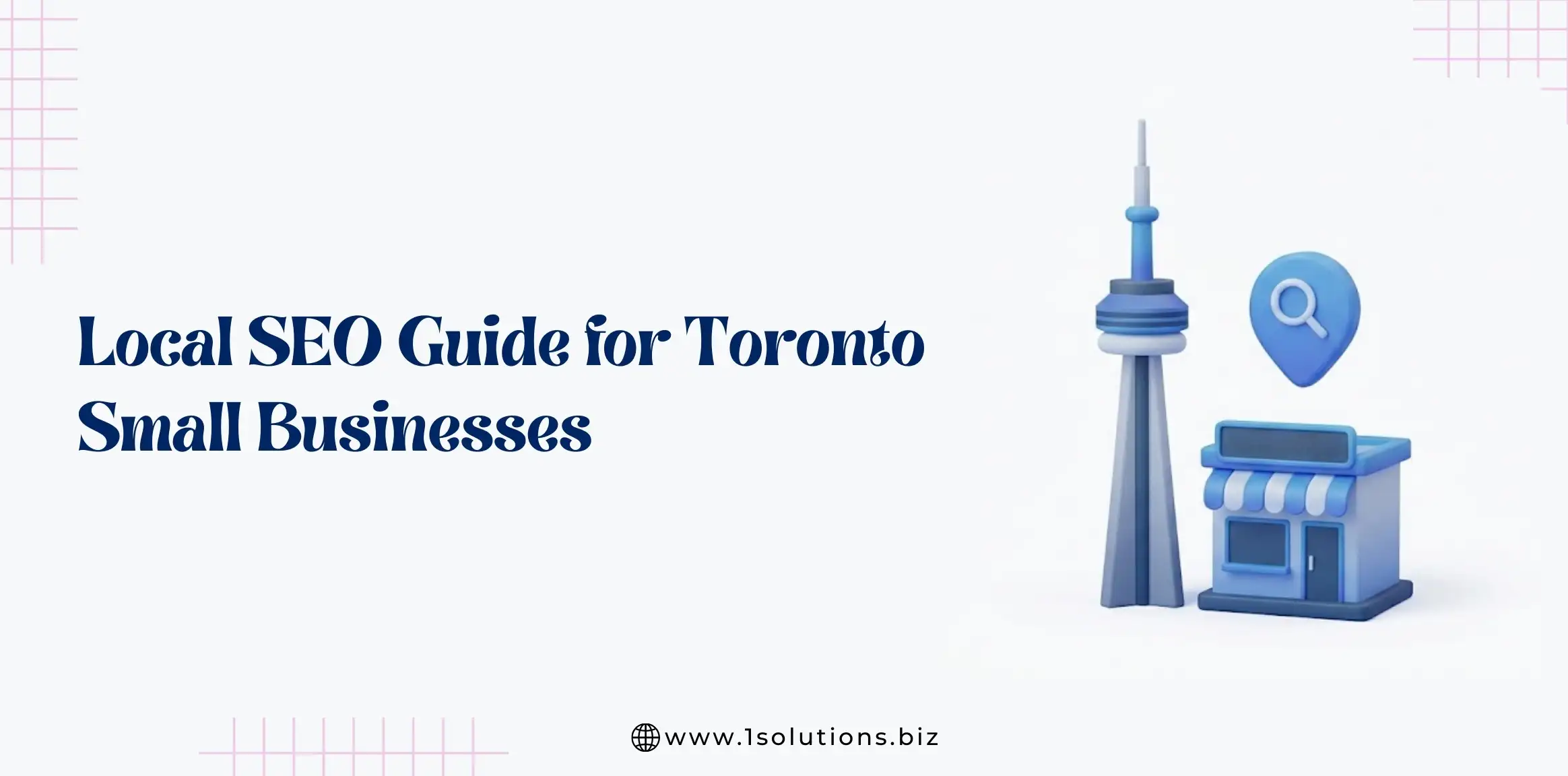
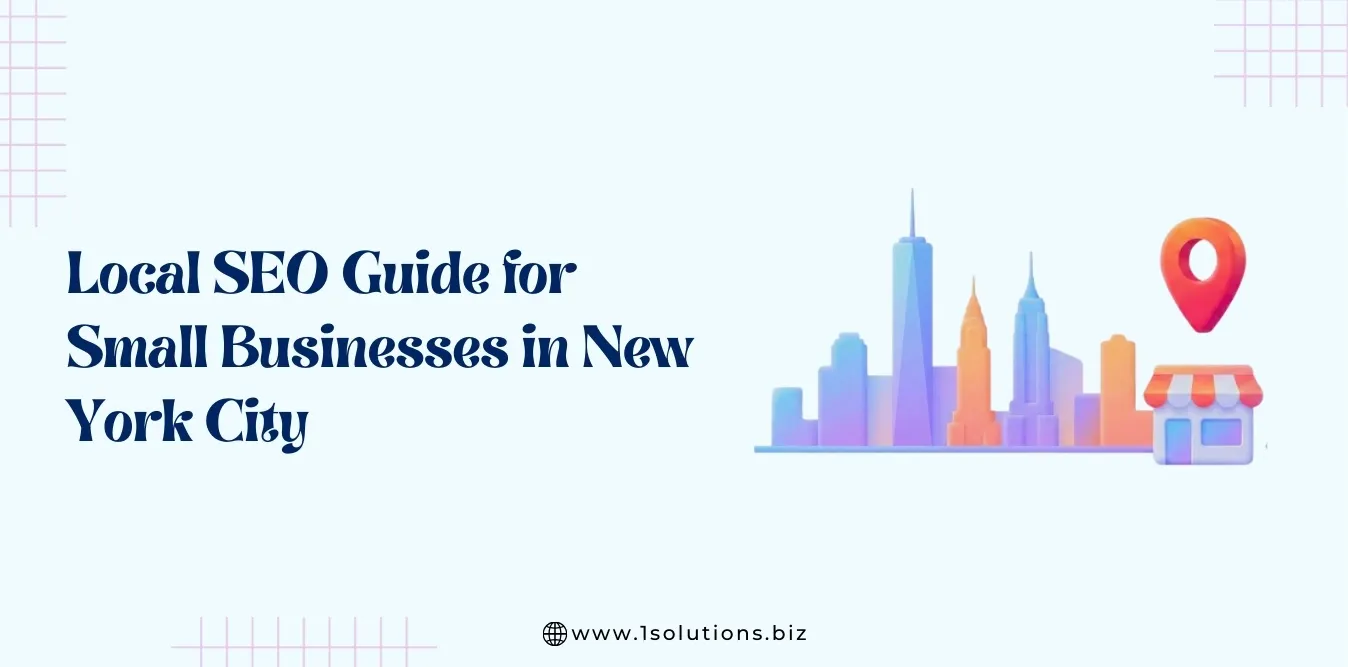





 in India
in India